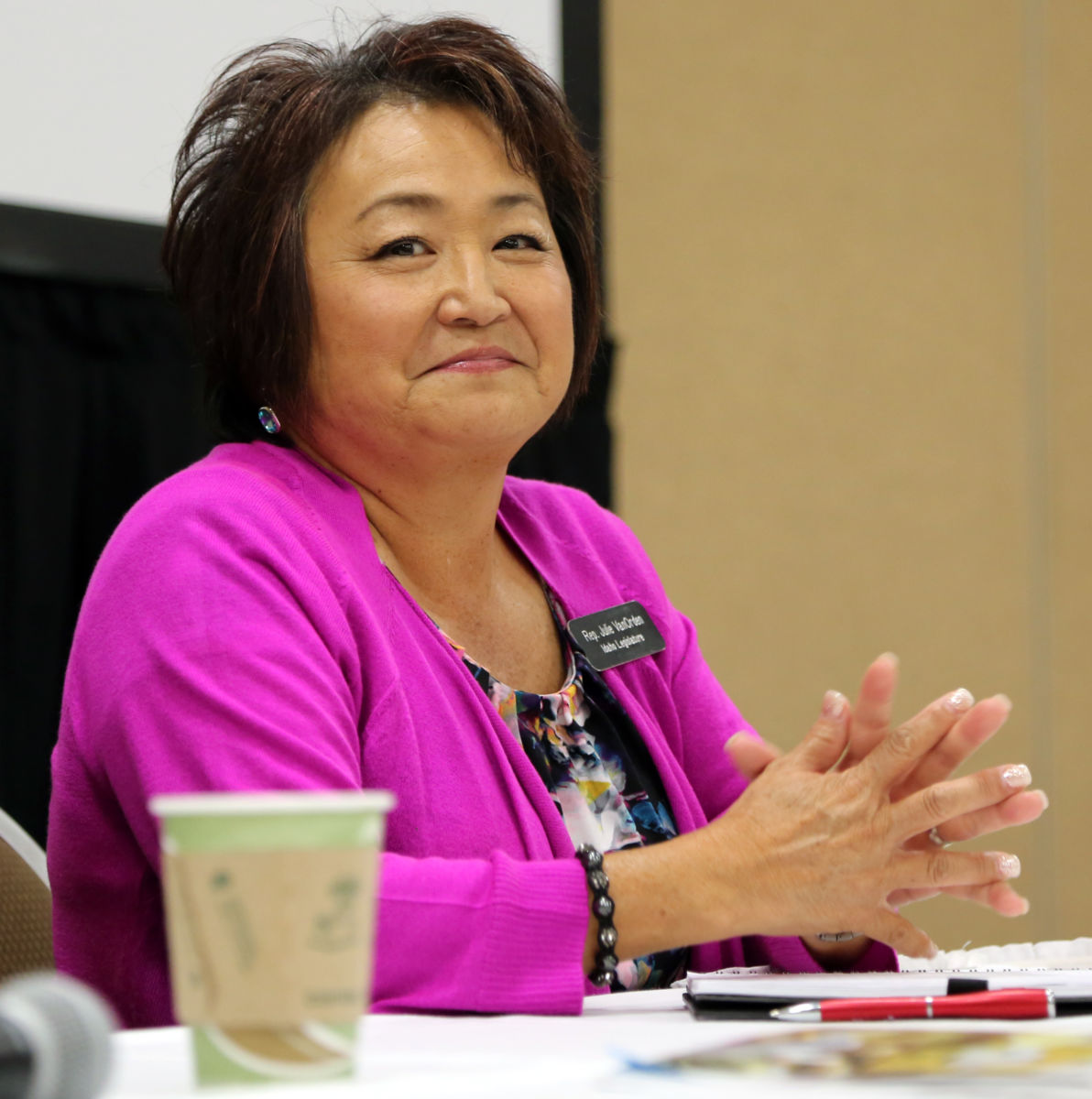(UPDATED, Aug. 12, with details from the State Board of Education.)
Perhaps by September, school districts and charters will receive their share of $11.25 million to provide extra help for struggling readers.
What the schools will not get is direction from the state on how they should spend the money.
The law is heavy on local control: It’s up to administrators and teachers to figure out how to boost reading scores in kindergarten through third grade. They will have to report where the money goes, but that is the extent of the State Department of Education’s accountability requirements. In essence, every district and charter elementary school is a literacy pilot program — with these pilot programs launching this fall.
The bulk of the money, $9.1 million, stems from a new literacy initiative, passed by the 2016 Legislature. The plan’s supporters — including education and business groups, Gov. Butch Otter and bipartisan majorities in the House and Senate — are hoping this infusion of cash will close reading gaps in the early grades.
On average, nearly 37,000 kindergarten through third-grade students do not read at grade level, according to fall scores on the Idaho Reading Indicator. These scores on the statewide test represent a three-year rolling average — and they are central to the rollout of the literacy initiative. School districts and charters will receive literacy funding based on their number of students who scored below grade level on the IRI.
As the state divvies up the $11.25 million, a combination of existing funding and the new $9.1 million, districts and charters will get about $305 per at-risk student.
The money comes with few strings attached. Districts and charters can spend only a fixed amount on student transportation, but beyond that, it’s pretty much anything goes.
Provided the money is spent on programs designed to provide 30 to 60 hours’ worth of extra help to struggling readers.
For example, a school can choose to create an all-day kindergarten program, or not.
A school can put the money into hiring extra teachers, or books or software.
At the end of the academic year, schools will have to turn in paperwork showing where they spent the money.
The paperwork is designed to serve two purposes. First, the state wants proof that the schools actually spent what they received — and schools will be required to send back any leftover money. Second, the state wants to ensure that the money went into some program focused on struggling readers.
However, the state will not critique the schools’ choices.
“We’re not providing feedback,” State Department of Education spokesman Jeff Church said.

Lawmakers might not be quite as bashful about providing feedback. With an additional $9.1 million come expectations, as House Education Committee vice chairwoman Julie VanOrden told school administrators last week.
“They want to see something, and they want to see it moving in a positive direction,” said VanOrden, R-Pingree.
The State Board of Education will have a role to play as well. The law calls on the board to come up with administrative rules establishing benchmarks for reading scores, and a timeline for reaching them.
The board is coming up with five-year goals, spokesman Blake Youde said, but for now, the board isn’t spelling out an approach. Instead, board members would like to see what educators come up with at the local level.
“We’re trying not stymie flexibility early on,” he said.
Schools will have to submit their literacy intervention plans to the State Board in October, when the fall IRI scores become available. If the schools’ plans don’t pass muster with the state board, the schools will be asked to rewrite them. And if a district or charter fails to come up with an adequate plan for 2016-17, the board can withhold funding for 2017-18, Youde said.
Related story: This spring, more than 25,000 kindergarten through third-grade students were reading below grade level.
Coming this fall: As schools roll out the new literacy initiative, Idaho Education News and Idaho Public Television will team up to take a close look at what’s happening in reading classes.
